PRP Rich Plasma Hair Treatment in Virginia Beach
Jump To
 All hair loss can be damaging to self-image, but due to the historically limited treatment options, alopecia can seem especially hopeless. New scientific advances, however, have led to new procedures. One of the most effective of these new methods for treating alopecia is platelet rich plasma, or PRP. While it has been used for several decades in oral surgery, neurosurgery, and sports medicine, it has only recently been recognized for its potential in treating hair loss.
All hair loss can be damaging to self-image, but due to the historically limited treatment options, alopecia can seem especially hopeless. New scientific advances, however, have led to new procedures. One of the most effective of these new methods for treating alopecia is platelet rich plasma, or PRP. While it has been used for several decades in oral surgery, neurosurgery, and sports medicine, it has only recently been recognized for its potential in treating hair loss.
Platelet-rich plasma is concentrated blood plasma which contains up to five times more platelets than are found in normal blood. Since platelets are a vital part of wound healing, they can help to regenerate tissue that has been damaged by the immune system. PRP also contains growth factors and proteins including platelet-derived growth factor, vascular endothelial growth factor, and transforming growth factor. These aid the platelets in promoting faster formation of new blood vessels, or angiogenesis, and localized cell growth than can then lead to hair regrowth.
Candidates
Platelet-rich plasma is effective for both male and female hair loss and is capable of regrowing hair in alopecia areas, eyebrow hypotrichosis, and other types of hair loss or thinning. Ideal patients include anyone who is looking for non-surgical treatment for non-hereditary hair loss. PRP can be done as a stand-alone procedure to stimulate new hair growth, or it can be performed in conjunction with a hair transplant to aid recovery.
Procedure
The PRP procedure is performed at The Choe Center and normally takes around an hour and a half, depending on the size of the treatment area. No anesthesia is required, but local anesthetics may be applied to the scalp to numb the area before treatment if the patient wishes.
Once you’re ready to begin the procedure, blood will be drawn and spun in a centrifuge to concentrate the platelets and other proteins at the top of the tube, where they can be removed from the ordinary red blood cells. Once this platelet-rich plasma has been prepared, it will be injected into the treatment area using a fine needle to minimize discomfort. Once it is injected, it causes the miniaturized hair follicles in the region to become larger and more robust, stimulating stronger hair regrowth. No incisions are needed, and there will be no scars or stitches to remove.
Recovery
In most cases, patients can return to work and other normal activities within 24 hours. Pain is minimal and should be easily managed with over-the-counter non-narcotic analgesic medications like Ibuprofen. You may experience some minor forehead swelling for a few hours after the procedure, but this is normal and resolves within 48 hours. Vigorous activity should be avoided until the swelling goes down. Showers and hair washing can be resumed immediately after the procedure, if desired.


